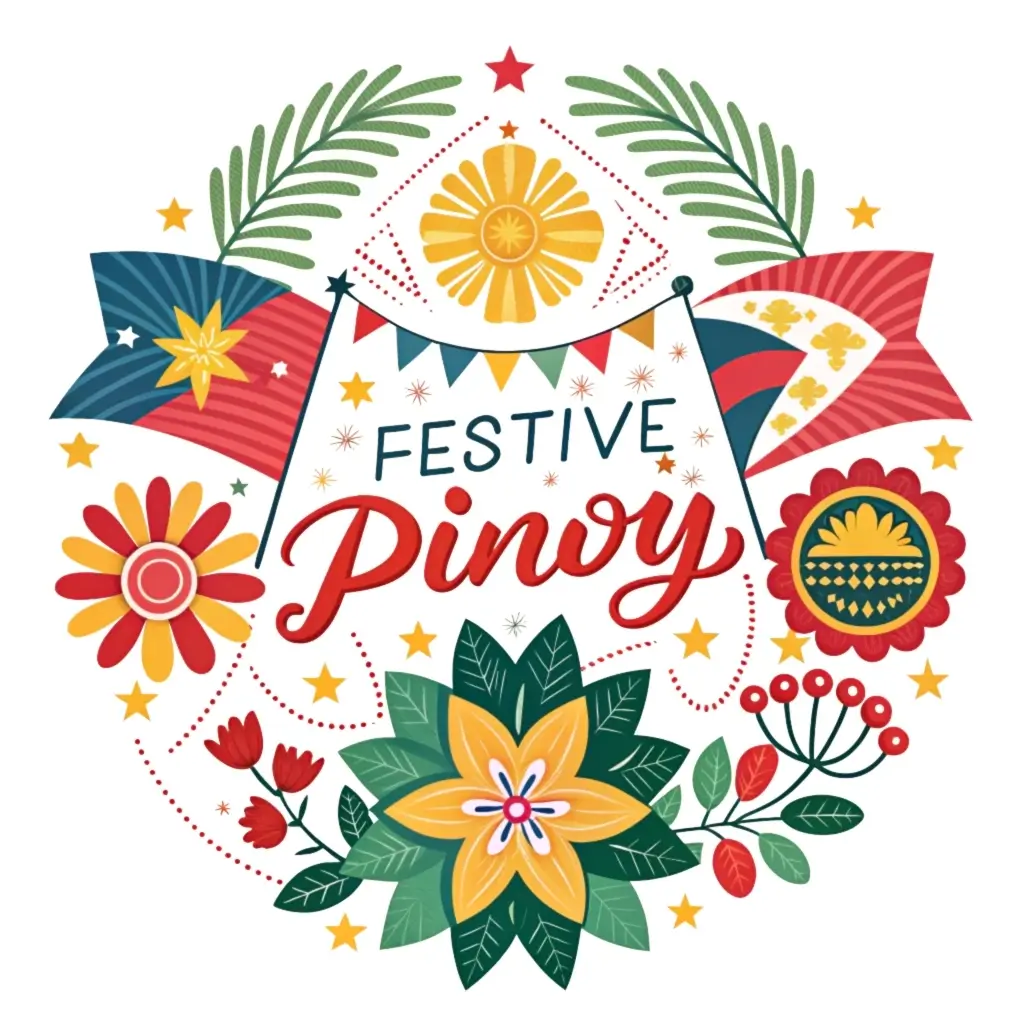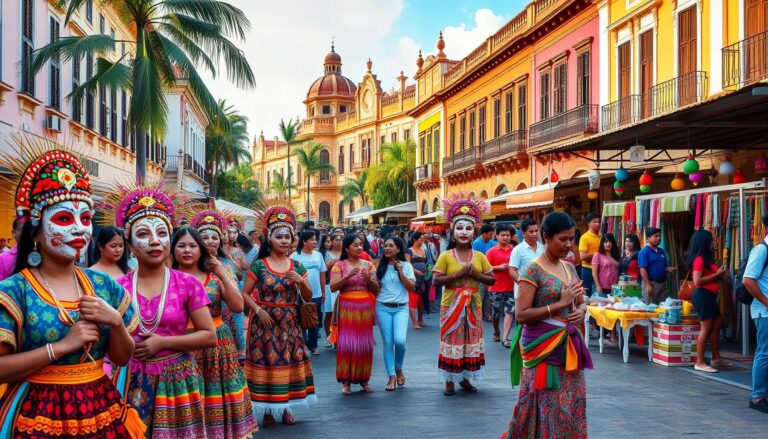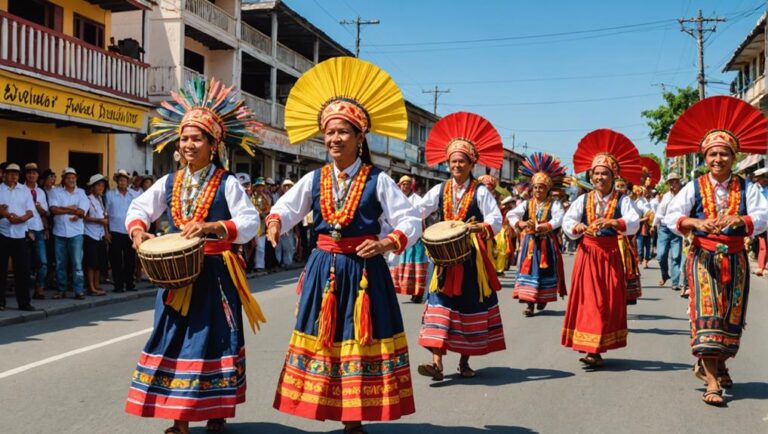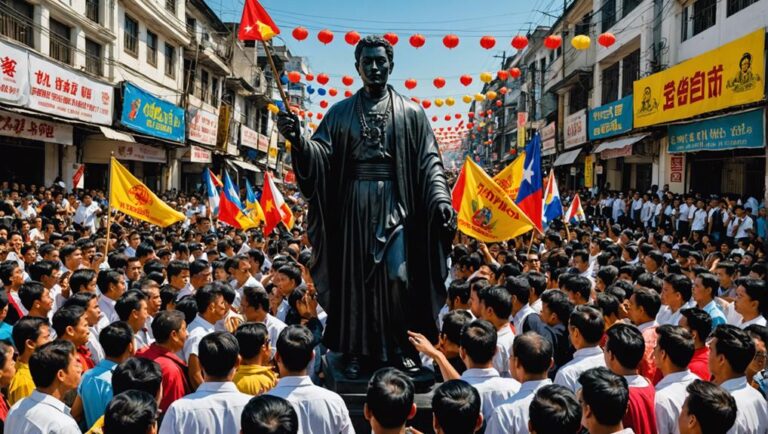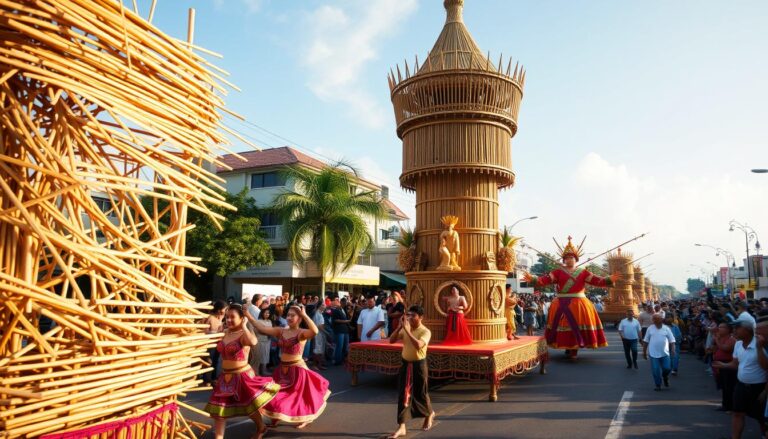Kanlahi Festival: Tarlac Kanlahi Festival: Complete Visitor’s Guide
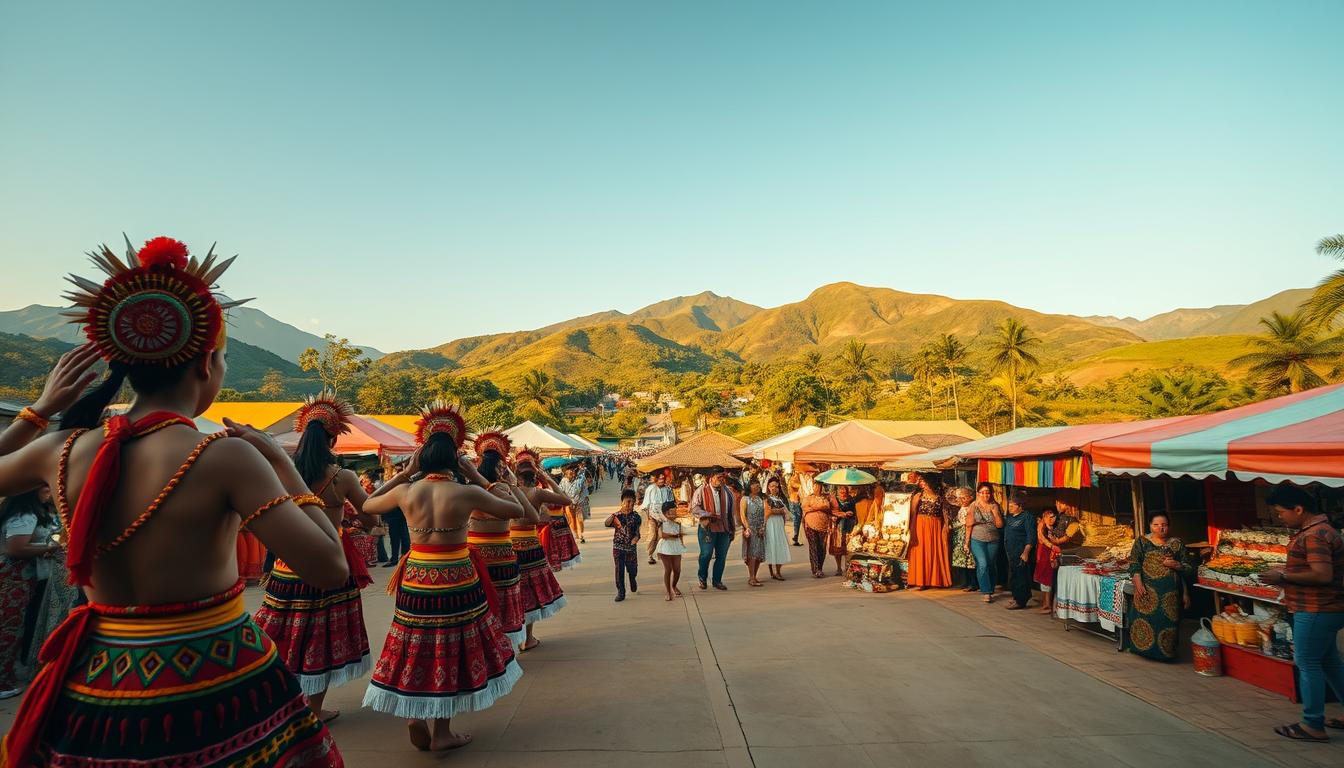
Every March, Tarlac comes alive with vibrant colors, music, and traditions during its annual cultural celebration. This event showcases the province’s unique identity as a melting pot of communities, blending Indigenous, Ilocano, Kapampangan, and other influences into a unified display of pride.
Officially launched in May 2017, this gathering has become a cornerstone for promoting local tourism while preserving heritage. Visitors can expect street dances featuring intricate costumes, traditional crafts markets, and food stalls serving fusion dishes that tell stories of Tarlac’s diverse roots.
Located just three hours by land from Manila or 50 kilometers from Clark International Airport, the province offers easy access for travelers. Recent years have shown the organizers’ adaptability, with hybrid virtual-physical formats ensuring continuity during health challenges.
Key Takeaways
- Annual March event celebrating Tarlac’s multicultural heritage
- Features dance performances, artisan markets, and regional cuisine
- Accessible via 3-hour drive from Manila or flights to Clark Airport
- Established in 2017 to boost tourism and community connections
- Evolved with innovative formats to maintain celebrations during disruptions
Overview of the Kanlahi Festival
Each year, Tarlac hosts an event that bridges its rich past with present-day creativity. For seven days in early March, streets transform into stages for cultural exchange. This gathering serves as a living showcase of the province’s identity, where ancestral practices meet contemporary artistry.
Celebrating Traditions and Diversity
Colorful parades feature dancers in handwoven costumes representing different ethnic groups. Artisans demonstrate age-old crafts like inabel weaving while chefs serve fusion dishes blending Ilocano and Kapampangan flavors. Interactive workshops let visitors try traditional bamboo instrument-making.
Community-led activities highlight shared values. “Our event isn’t just about shows – it’s about hands-on learning,” explains a local organizer. Evening concerts mix folk songs with modern beats, creating spaces where generations connect through music.
What Makes It Unique in Tarlac
Unlike other provincial events, this celebration intentionally spotlights collaboration over competition. Launched in 2017, it replaced separate town fiestas with a unified program. The timing coincides with the province’s founding anniversary, deepening historical connections.
Local governance plays a key role. Mayors from all municipalities co-plan activities, ensuring every community’s voice gets heard. This approach has turned the festival into a model for cultural preservation through inclusive participation.
History and Cultural Significance
Tarlac’s cultural heartbeat finds its rhythm in a celebration rooted in unity and history. This annual gathering serves as both a timeline of progress and a mirror reflecting centuries of shared traditions.
Origins and Early Celebrations
The event began in May 2017 under Governor Susan Yap’s leadership, marking the province’s 144th founding anniversary. Originally timed with this milestone, it later moved to March to align with agricultural cycles and tourism peaks.
Heritage and the “Cradle of Races”
Its name translates to “kanlungan ng lahi” – a sanctuary for generations. This phrase captures Tarlac’s role as Luzon’s cultural crossroads. “We’re not just hosting events,” shares a tourism officer. “We’re keeping alive the stories of Kapampangan rice farmers, Ilocano weavers, and indigenous Aeta traditions.”
Adapting and Evolving Through Challenges
When global health concerns arose, organizers launched virtual tours of craft workshops and streamed cooking demos. The Sangguniang Panlalawigan later formalized its March schedule, ensuring yearly continuity. Recent editions broke attendance records, proving cultural roots grow stronger when nurtured with innovation.
Festival Highlights and Must-See Activities
March transforms Tarlac into a living stage where creativity meets tradition. Visitors discover seven days of immersive experiences that celebrate both heritage and modern innovation. From sunrise to midnight, every corner pulses with energy showcasing the province’s artistic spirit.
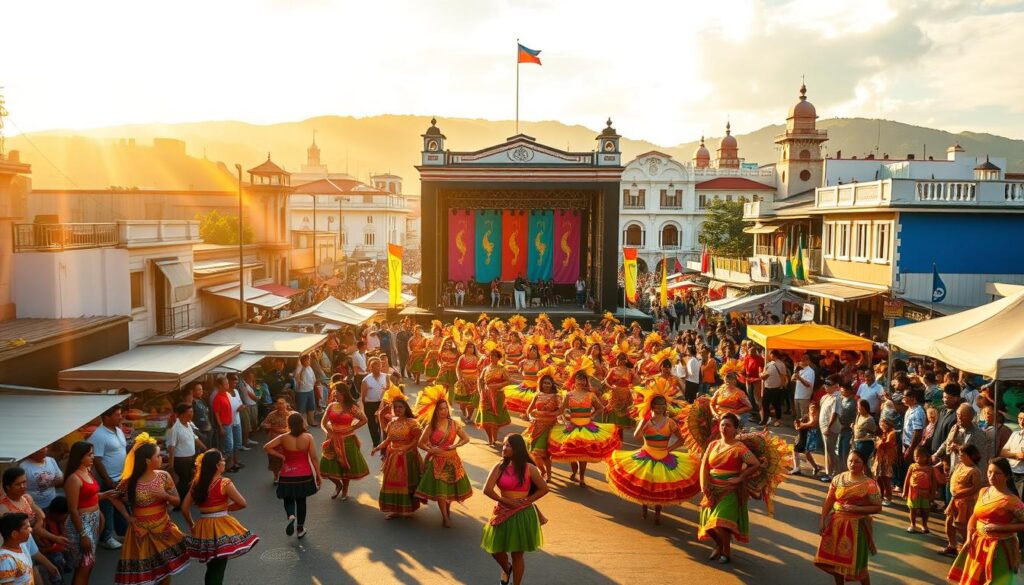
Parades, Street Dances, and Competitions
Mornings begin with explosions of color as dancers in hand-painted costumes fill main roads. Teams from 17 towns compete in synchronized routines using bamboo props and ancestral-inspired choreography. “Our moves tell stories of farmers, weavers, and warriors,” shares a veteran performer.
Beauty Pageants and Cultural Exhibits
The Binibining Kanlahi competition spotlights intelligence and cultural knowledge over typical beauty standards. Nearby, the Municipal Static Display reveals miniature landscapes depicting local legends. Visitors often linger at heritage booths demonstrating inabel textile dyeing techniques passed through generations.
Local Cuisine, Artisan Markets, and Sports
Food stalls serve sizzling sinampalukang manok alongside modern twists like ube-filled tamales. Don’t miss these unique events:
- Culinary battles to crown Tarlac’s signature dish
- Bonsai exhibits featuring century-old miniature trees
- Mobile Legends tournaments drawing national esports teams
New additions like TikTok dance challenges and photography contests engage younger crowds while preserving traditions. As one organizer notes, “We’re building bridges between our roots and tomorrow’s possibilities.”
Conclusion
Tarlac’s cultural legacy shines brightest through its annual March gathering. This event weaves ancestral traditions with modern energy, creating a living tapestry of the province’s diverse roots. Visitors leave with more than souvenirs—they carry stories of shared meals, artisan crafts, and dance rhythms that echo generations.
Accessibility remains key for travelers. Most attendees arrive via a three-hour bus ride from Manila or through Clark Airport’s expanding routes. Local leaders continue refining logistics, ensuring smooth experiences from transportation to accommodation.
At its core, the celebration unites people across age groups and backgrounds. Beauty pageants emphasize cultural knowledge over aesthetics, while cooking battles spark friendly rivalries between towns. These activities strengthen community bonds while inviting outsiders to participate.
Year after year, Tarlac proves cultural preservation thrives through innovation. From virtual workshops to TikTok dance challenges, the Kanlahi Festival adapts without losing its soul. Plan your visit to witness how history and progress dance hand in hand under Central Luzon’s sunny skies.
